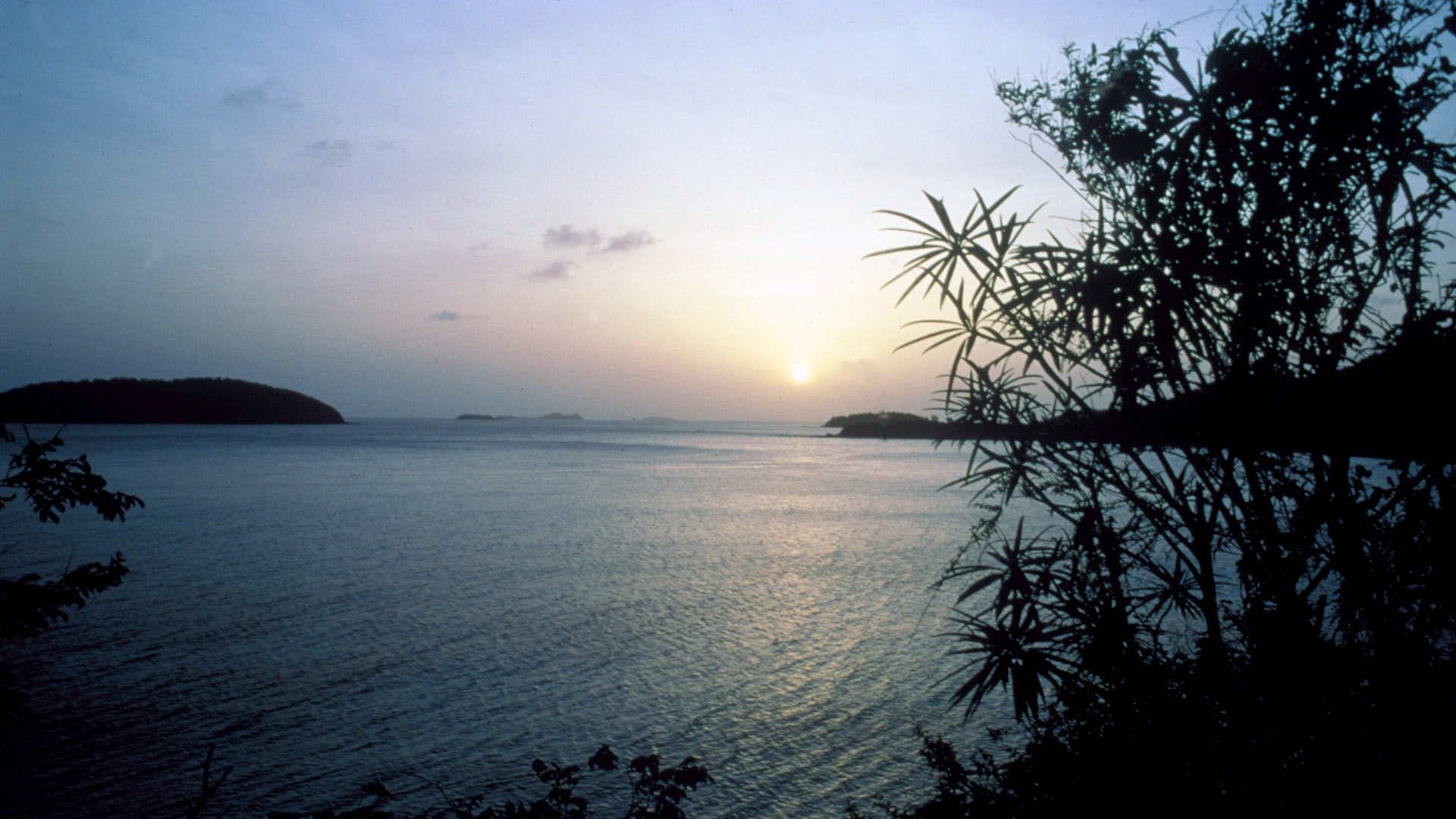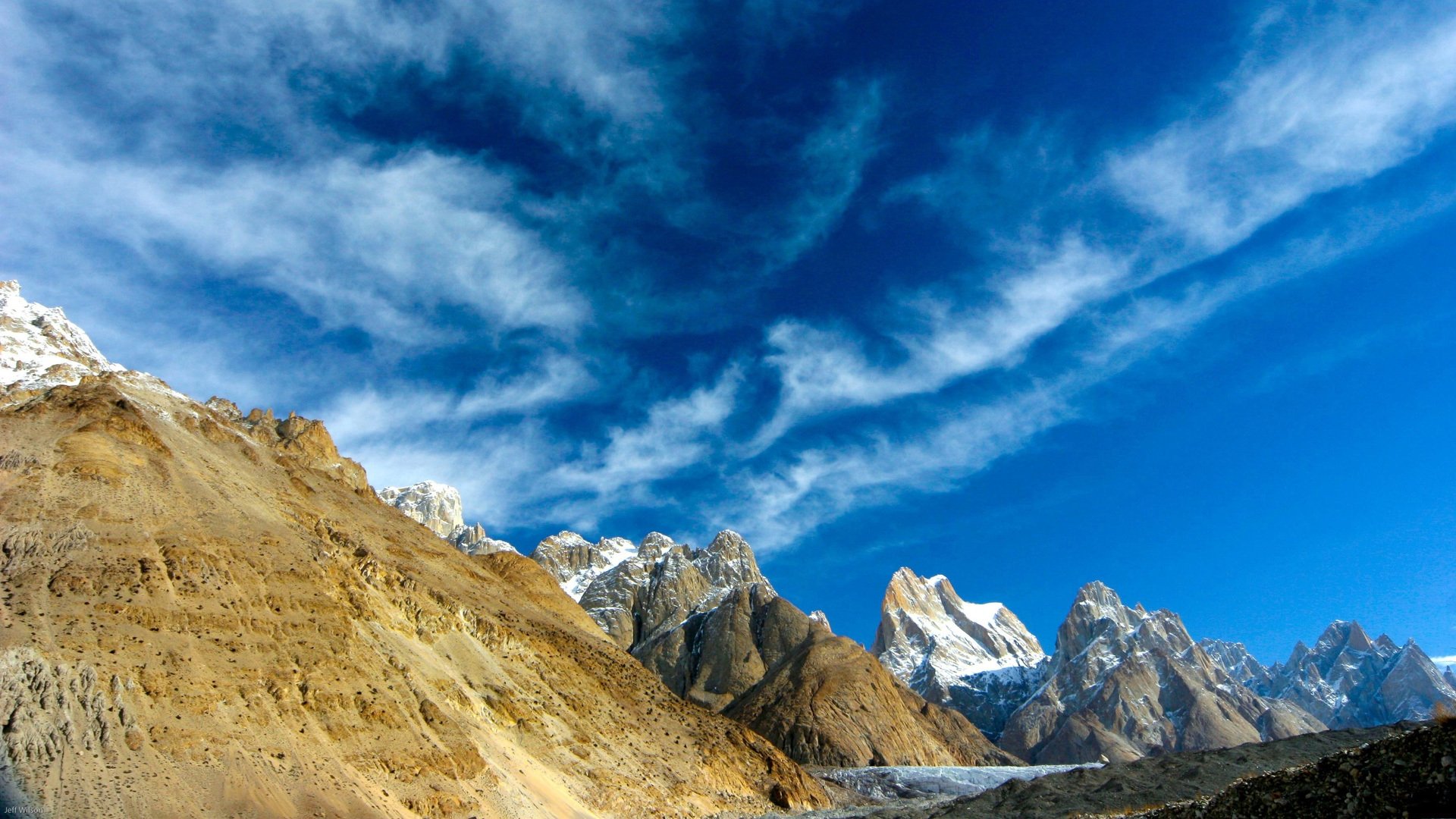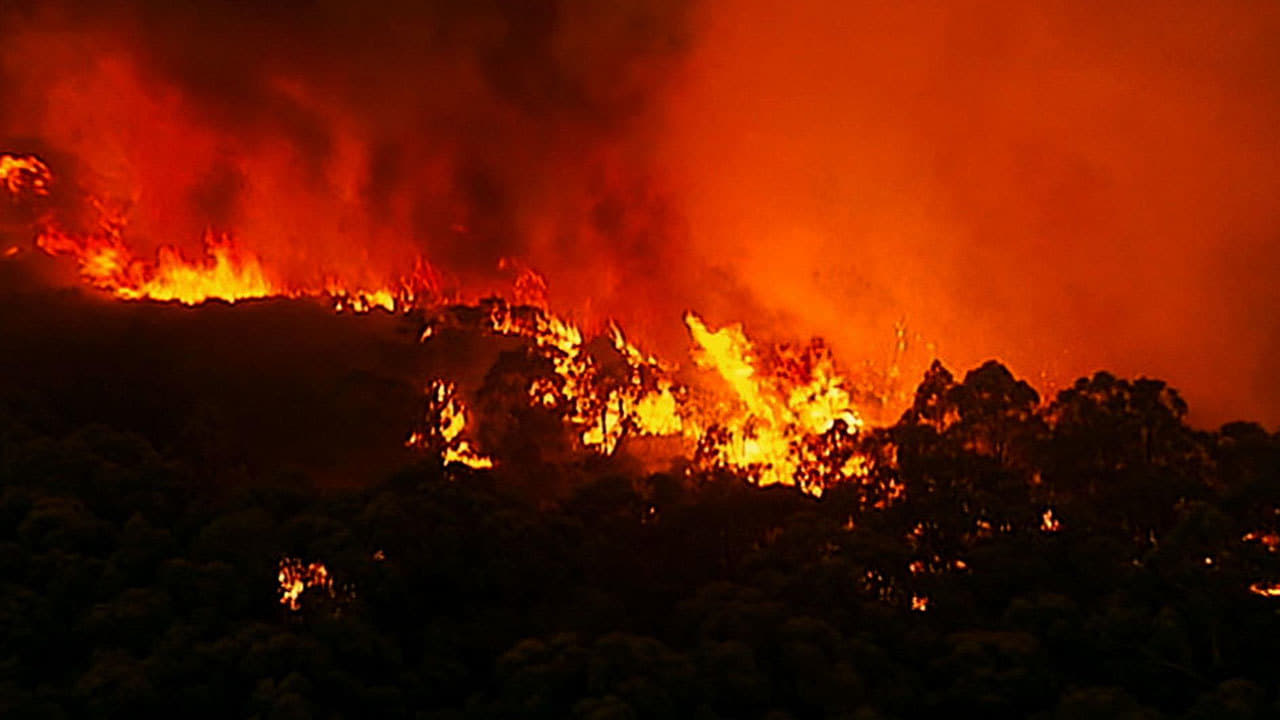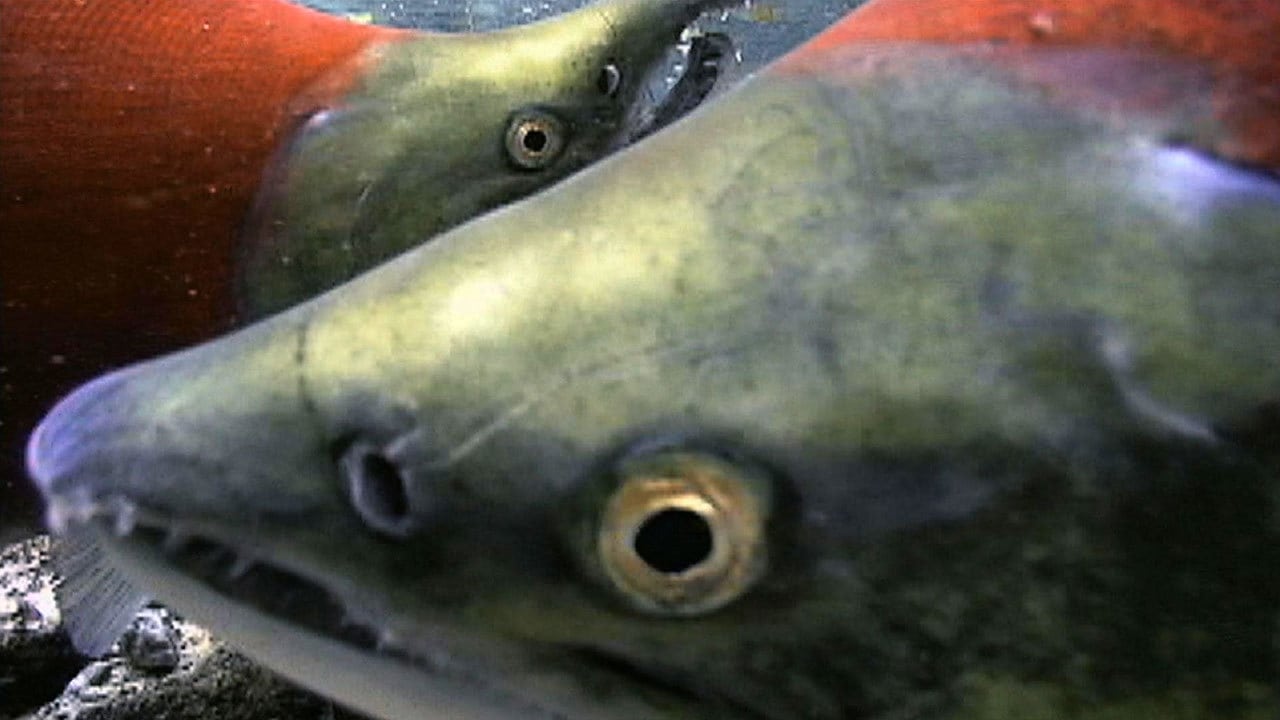Synopsis
As recently as the 1980’s, Iraq’s Mesopotamian Marshes were reminiscent of the Garden of Eden – indeed, many biblical scholars believe they are one and the same. Fed by the combined waters of the Tigris and the Euphrates rivers, this enormous marshland of over 6,000 square miles dominated southern Iraq. For more than 7,000 years, these wetlands provided a bountiful home for both wildlife and humans. A large population of indigenous people, the Ma’dan Tribes known as Marsh Arabs, had thrived there for centuries. But in the 1990’s, due to political conflict, Saddam Hussein attempted to eradicate them – not through systematic extermination, but by destroying the marshes on which they depended for survival. Massive canals were dug, diverting river water away from the wetlands and towards the Persian Gulf. Huge embankments were built to prevent water from entering the marshes. What had been a green paradise twice the size of the Everglades shrank to less than 10% of its original size. Most of it was transformed into a parched, lifeless desert. The wildlife and the people were forced to leave.















